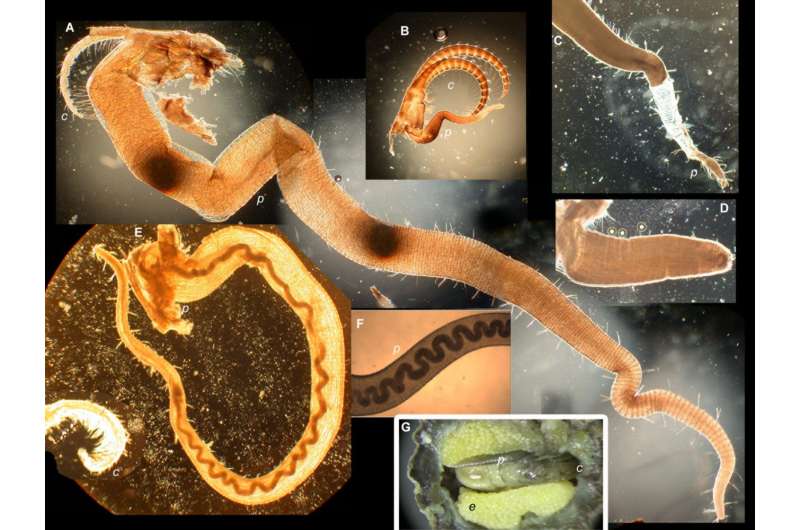Researcher discovers unique anatomical characteristic in barnacle study

When it comes to long distance relationships, it seems the barnacle has it all figured out. That's because if they fancy a mate who is far away, the male can simply make his penis longer to meet the need.
That's right - unlike humans, barnacles have the ability to physically change the size and length of their penis.
You may be asking yourself "how does one study such a thing?"
According to NSU associate professor J. Matthew Hoch, Ph.D., barnacles have long-fascinated scientists and studying them has helped the development of scientific theories from evolution and natural selection to systematics and taxonomy. What is being learned from barnacles continues to contribute to a new understanding of "reproductive biology, life history, phenotypic plasticity and sex allocation theory." In fact, studying barnacles goes all the way back to someone synonymous with the science of evolution.
"Research into barnacle mating dates back to Charles Darwin - they were a major interest of his before he published The Origin of Species," said Dr. Hoch, a researcher in NSU's Halmos College of Natural Sciences and Oceanography.
In fact, in 1857, after hearing of an acquaintance who had actually observed mating barnacles, Darwin wrote:
"I am anxious to know whether this recipient was a willing agent or adulterer. or whether it was a case of rape by act. If the recipient was in full vigour [sic], I think it wd [sic] be impossible to insert anything without its consent.
Yours sincerely, C. Darwin
Dr. Hoch and co-authors Daniel Schneck, who was an NSU undergraduate student during the study (he's since earned his Bachelor's in marine biology,) and Christopher Neufeld, Ph.D. who was at Quest University Canada, had their research paper recently published in the journal Integrative and Comparative Biology.
The trio studied something that is unique to the barnacle - depending on environmental circumstances, they can change the shape of the male sexual organ. It turns out that barnacles, those marine animals that many find annoying or a nuisance as they tend to grow on the hulls of boats, dock pilings and other items, can actually change their penises.
Dr. Hoch said that based on their size, barnacles have the largest penises of all animals. And if that wasn't enough for bragging rights, this research shows that these animals can change the shape, size, length and girth of the organ, all of which is to best suit the environment they are in.
"For many [barnacle] species, the condition of the penis changes seasonally," Dr. Hoch and his colleagues said in their paper. "In the most extreme circumstances, it degenerates and is shed during the first post-mating molt and is re-grown for the next mating season."
So the next time you have to have the hull of your boat or the pilings on your dock cleaned of barnacles, you might want to show a little more respect for these creatures. After all, it seems they can do something humans have wanted to do since nearly the dawn of time.
More information: J. Matthew Hoch et al. Ecology and Evolution of Phenotypic Plasticity in the Penis and Cirri of Barnacles, Integrative and Comparative Biology (2016). DOI: 10.1093/icb/icw006
Provided by Nova Southeastern University


















